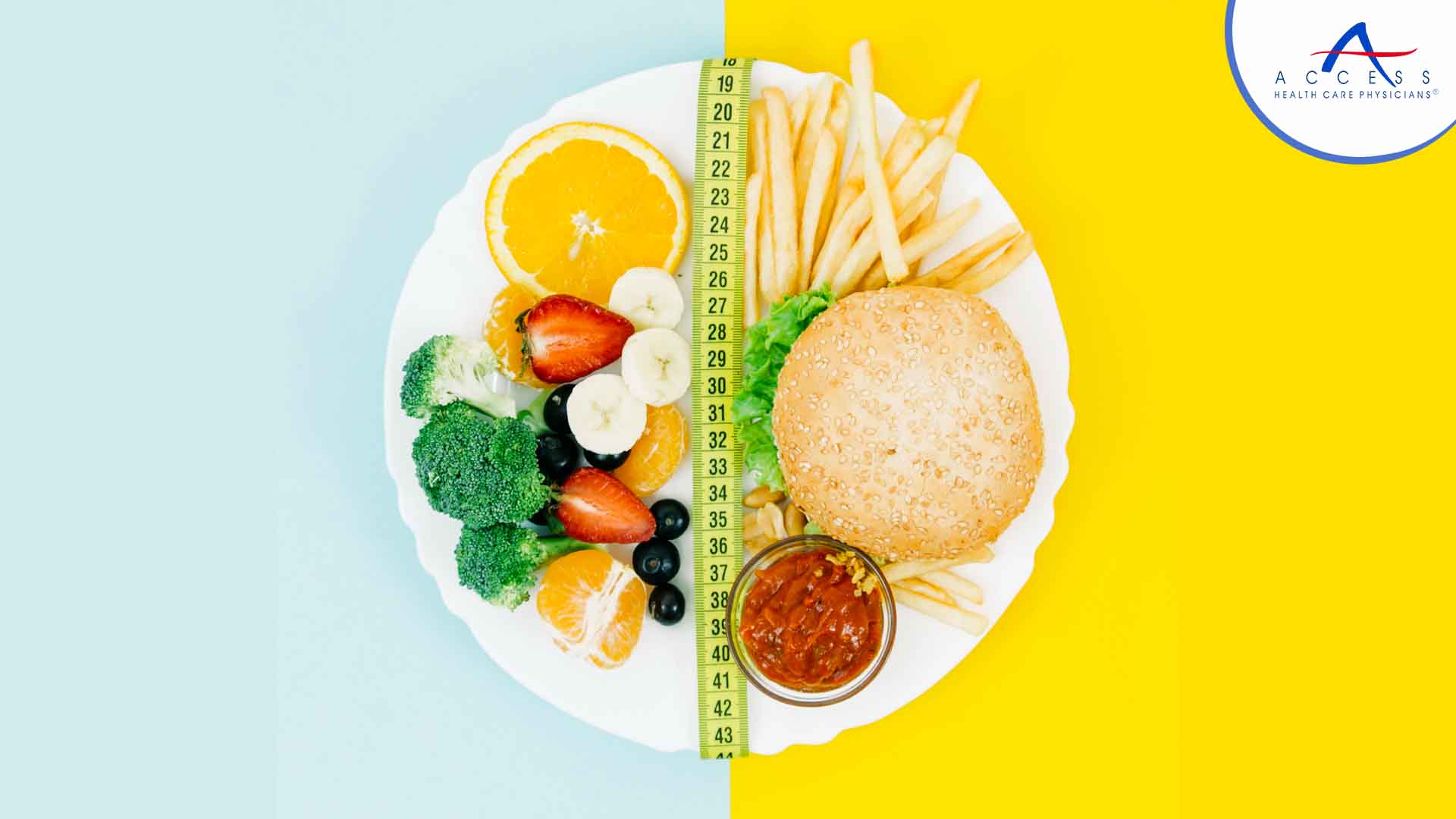Healthy Fast Food vs. Unhealthy Meals: Calories, Ingredients, and More
In today’s fast-paced world, fast food offers a convenient option for meals on the go. But, with growing awareness around health and nutrition, not all fast food options are created equal. Understanding the difference between unhealthy and healthy fast food can make a significant impact on your well-being. This article breaks down the calories, ingredients, and health impact of popular fast food items, helping you make better choices without giving up convenience.
Understanding the Basics of Healthy vs. Unhealthy Fast Food
Healthy fast food options are designed to balance convenience with nutritional benefits. Unlike traditional fast food that’s high in calories, saturated fats, sugars, and refined carbs, healthy fast food focuses on fresh ingredients, lean proteins, whole grains, and healthy fats. While many assume that “fast food” always equates to unhealthy, a growing number of chains now offer healthier alternatives that cater to a more health-conscious crowd.
Calories: Making Every Calorie Count
One of the most significant differences between healthy and unhealthy fast food is calorie count.
- Healthy Fast Food Calories: Healthier fast food options often aim to keep calorie counts within a reasonable range, around 300-500 calories per meal, without sacrificing nutrients. For example, a grilled chicken salad with a light vinaigrette will usually have fewer calories than a cheeseburger and fries.
- Unhealthy Fast Food Calories: Unhealthy options tend to pack in high-calorie counts, often ranging from 700-1,200 calories or more in a single meal. High-calorie items such as double cheeseburgers, fried chicken sandwiches, and oversized portions of fries contribute to rapid calorie intake.
Calorie Comparison Example:
- Grilled chicken wrap with vegetables and light dressing: 350 calories
- Double cheeseburger with large fries: 1,100 calories
Ingredients: Choosing Quality Over Quantity
Ingredients play a crucial role in defining whether a fast food meal is healthy or unhealthy.
- Healthy Ingredients: Healthy fast food is often made with quality ingredients like lean meats (such as grilled chicken or turkey), whole grains, and fresh vegetables. Sauces and dressings are usually lighter and portioned sensibly to avoid adding unnecessary fats and sugars.
- Unhealthy Ingredients: Traditional fast food relies heavily on processed meats, refined grains, and sugary sauces. These meals often include preservatives and artificial additives to improve shelf life and flavor but lack nutritional value.
Ingredient Comparison Example:
- Veggie-loaded wrap with grilled chicken, whole grain tortilla, fresh salsa: High in fiber, protein, and vitamins
- Fried chicken sandwich with mayo and white bun: High in saturated fats, sodium, and refined carbs
Nutritional Balance: Prioritizing Protein, Fiber, and Healthy Fats
Healthy fast food aims to provide a balanced nutritional profile that includes protein, fiber, and healthy fats.
- Healthy Fast Food: Balanced meals with lean proteins (such as grilled chicken or tofu), fiber-rich vegetables, and healthy fats (like avocado) can help you stay full longer and support your overall health. Fiber and protein are particularly important for keeping hunger at bay, reducing the urge to snack on less nutritious options.
- Unhealthy Fast Food: Unhealthy meals are often low in fiber and healthy fats but high in unhealthy fats and simple sugars, causing spikes and crashes in energy levels. This can lead to overeating and a lack of satisfaction after the meal.
Nutritional Comparison Example:
- Grilled salmon bowl with quinoa, greens, and avocado: Rich in omega-3s, fiber, and vitamins
- Large serving of fries with a soda: High in carbs and unhealthy fats, low in protein and fiber
Making Healthier Choices at Fast Food Restaurants
With an increasing demand for healthier options, many fast food restaurants now offer modified menus or allow customers to customize their orders. Here are some practical tips for making healthier choices:
- Opt for Grilled Over Fried: Grilled options contain significantly less fat and fewer calories compared to fried items.
- Choose Whole Grain or Lettuce Wraps: Whole grains provide fiber and nutrients, while lettuce wraps are a low-calorie alternative.
- Add Vegetables: Loading up on veggies in sandwiches, wraps, or bowls boosts fiber and nutrients.
- Mind Your Sauces and Dressings: Request sauces on the side or opt for lighter dressings, as they can add hidden calories.
- Portion Control: When in doubt, choose smaller portion sizes to help reduce calorie intake.
The Long-Term Health Impact: Why Choices Matter
Choosing healthy fast food options has benefits beyond the short-term feeling of satisfaction. Consuming meals high in nutrients and low in unhealthy fats can help maintain a healthy weight, improve digestion, and reduce the risk of chronic diseases such as diabetes and heart disease. On the other hand, regularly consuming unhealthy fast food can lead to weight gain, high cholesterol, and an increased risk of cardiovascular issues over time.
Conclusion: Finding Balance in Your Fast Food Choices
Fast food doesn’t have to be an all-or-nothing scenario. By choosing healthier alternatives, paying attention to calories and ingredients, and customizing your order, you can enjoy the convenience of fast food while supporting your health. As more fast food chains expand their menus to include nutritious options. It’s easier than ever to make mindful decisions that align with your health goals. Whether you’re grabbing a quick lunch or dining out with friends, making healthier fast food choices is possible and rewarding.














Post Comment